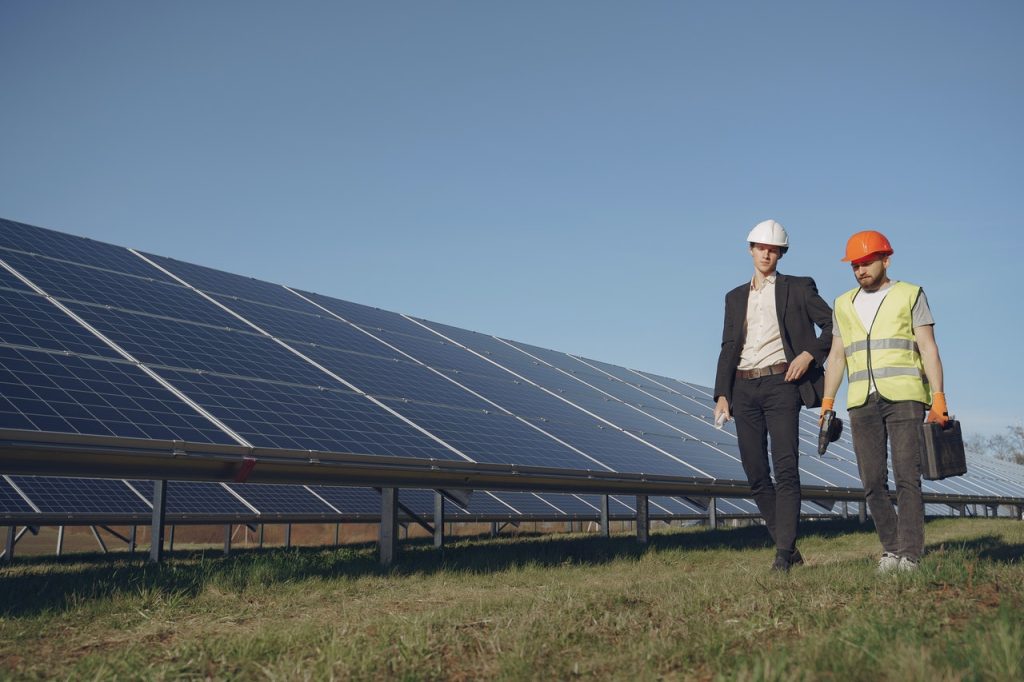With the ever-increasing demand for alternative energy solutions, more and more households are turning to solar panel installation for efficient and cost-effective power supply. If you are considering solar power for your home, this guide will offer comprehensive insights into Residential Solar Panel Installation (Residentiële Zonnepanelen Installatie).
Solar panel installation is not just about providing energy for your home, but it can also provide significant financial benefits. With proper installation, solar power can lower your energy bills and increase your home’s value. Additionally, solar panels are eco-friendly and help to reduce your carbon footprint.
Evaluating Your Home’s Potential for Solar Panel Installation
Before you can install solar panels, you need to evaluate your home’s potential for installation. Factors such as roof type, orientation, shading, and existing electrical systems should be evaluated. You can work with a professional solar contractor to evaluate your home’s solar potential.
Choosing the Right Type of Solar Panels
There are two main types of solar panels, polycrystalline and monocrystalline. Polycrystalline panels cost lesser, while monocrystalline panels are more efficient and take up less space. The type of panels you choose should depend on your home’s energy needs and budget.
Selecting the Right Inverter
Inverters are essential for converting the DC power produced by your solar panels into AC power that is used by your home. There are two types of inverters: string inverters and microinverters. The former is less expensive and requires less maintenance compared to the latter. However, microinverters are more efficient, provide uniform power output across panels, and offer better system monitoring.
Installing Your Solar Panels
Once you have evaluated your home’s potential, chosen the right panels and inverters, the next step is solar panel installation. It’s recommended to work with a professional solar contractor to ensure the panels are installed correctly and safely. The installation process usually takes a few days, depending on the size of the system.
Maintenance and Repairs
After installation, you need to maintain and repair your solar panels to keep them in good working condition. Regular maintenance is essential to maximize the efficiency and lifespan of your solar panels. It’s recommended to clean your panels at least twice a year and inspect them for any physical damage. Work with a professional contractor to repair any damages to your solar panels.
Conclusion:
Residential solar panel installation is a great investment that can offer significant financial and environmental benefits. With a proper installation, you can save money on your energy bills, increase the value of your home, and reduce your carbon footprint. Evaluate your home’s potential, choose the right panels and inverters, install them correctly, and maintain them regularly to enjoy the benefits of solar power for years to come. Work with a professional solar contractor to ensure proper installation and maintenance of your solar panels.


